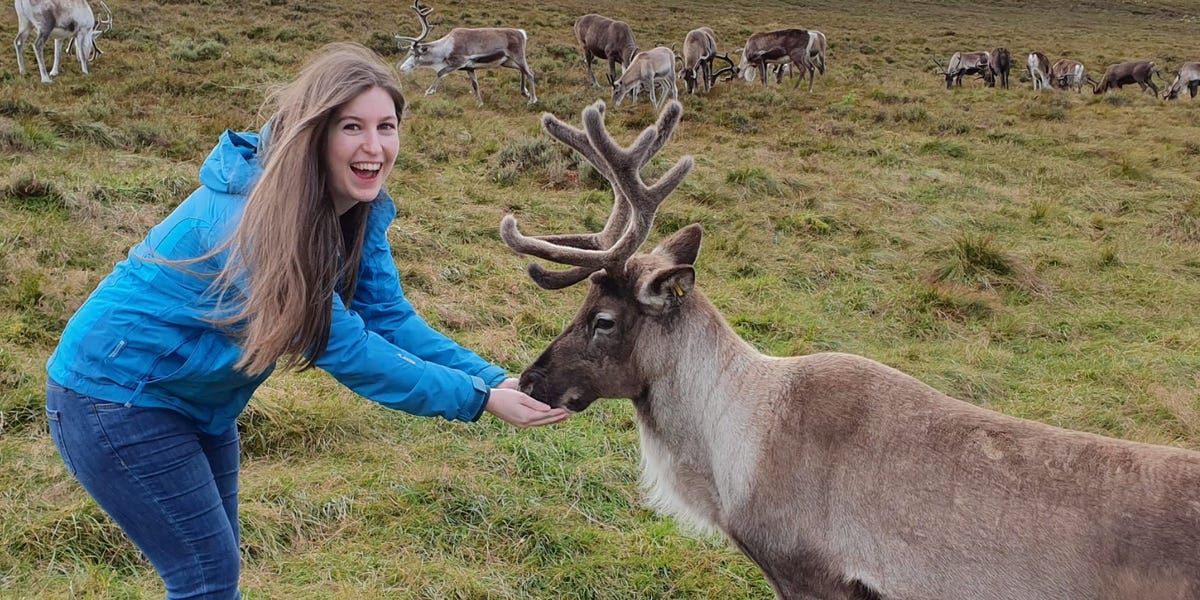X
Bluesky
Copy link
Impact Link
Save
Saved
Read in app
subscribers. Become an Insider
and start reading now.
Have an account? .
- As someone born and raised just a few miles away, I love the Scottish Highlands.
- I’ve seen many people plan trips here — and make a lot of common first-time mistakes.
- If you’re visiting, I recommend packing bug spray and being mindful of how you drive.
For most of my life, I’ve lived just a few miles away from the southern edge of the Scottish Highlands — so I know firsthand that the region is one of the most beautiful parts of Scotland.
Located in the northwest of the country, the area is geologically distinct from the Lowlands, being home to all 282 of Scotland’s Munros, which are mountains taller than 3,000 feet.
Impressive peaks aren’t the only draw of the Highlands, though. The region is replete with tranquil lochs, lush forests, historic castles, and whiskey distilleries.
I believe that any trip to the Highlands, regardless of your itinerary or the weather, is sure to be unforgettable. That said, there are five mistakes that first-time visitors often make.
People don’t take advantage of all the wildlife to see here.
Lorna Wallace
Highland cows are deeply ingrained in Scottish iconography, so it doesn’t surprise me that many tourists come here hoping to see them.
I won’t deny that they’re very cute with their shaggy ginger coats, but they aren’t the only wildlife worth seeking out.
There are plenty of animals to see in the Highlands, from seals in the seaside town of Oban to puffins at Dunnet Head. My personal favorites are the reindeer — the Cairngorm Mountains are home to the UK’s only free-ranging reindeer herd.
I love taking a guided hill trip, which typically involves a 20- or 30-minute walk up a mountain, to hand-feed the gentle animals.
A waterproof coat and boots are essential for any kind of wildlife excursion, since the weather here can get wet year-round. In my opinion, though, the experience of feeding and learning about reindeer is well worth any potential rain.
Many tourists visit Loch Ness, but there are other lakes that are just as scenic — and less crowded.
Lorna Wallace
Scotland is home to more than 30,000 lochs (the Scottish word for lakes).
Although Loch Ness is one of the most popular — in part thanks to tales of a monster known as Nessie lurking in its depths — there are many other lesser-known, yet no less scenic, lochs worth visiting.
Loch Awe, to the east of Oban, is Scotland’s longest freshwater loch at 25 miles long. The striking ruins of Kilchurn Castle stand at the loch’s northern end, meaning you can get a photo of a castle, a loch, and mountains all in one go.
There’s also Loch Shiel, which isn’t far from Scotland’s tallest mountain, Ben Nevis. Climbing a small hill at the head of this loch offers an incredible view of not just the water, but also of Glenfinnan Monument — a memorial to the Highlanders who fought during the Jacobite Rising of 1745.
If you turn around, you can see the impressive Glenfinnan Viaduct, which was crossed by the Hogwarts Express in the “Harry Potter” films.
I’ve seen people remember to dress for the rain … but not for the wind.
Lorna Wallace
It’s pretty well-known that it rains year-round in Scotland, and many travelers come prepared with a waterproof coat. What not everyone accounts for, though, is how windy it can get, especially on the coast and in the mountains.
If it’s a particularly blustery day, a thin, waterproof jacket won’t cut it. I recommend dressing in layers and making sure to pack a sturdy waterproof windbreaker.
In colder months, such as December, January, and February, a warm, padded raincoat is essential.
As a local, I’ve noticed that tourists drive too slowly on rural roads.
Lorna Wallace
Some Highland roads are not for the faint-hearted. Not only are there many single-lane roads, but some streets through the mountains feature alarmingly steep drop-offs.
First-time visitors often drive with a little too much caution on these roads, and the slow speeds can be frustrating for locals.
If you notice a queue forming behind you, then it’s considered good etiquette to pull over — always in a designated parking area or lay-by — to let cars pass.
The roadside scenery is often so picturesque, you’ll likely want to stop to admire the view anyway.
First-time visitors are often unprepared for midges.
Lorna Wallace
While in Scotland, beware of the many midges, whose bites cause small, itchy bumps.
These tiny flies are most common in the warmer months, and very prevalent around lochs and in marshlands and forests.
Midges are most active around dusk and dawn, so if you plan to be out in nature around those times, you’ll need lots of bug spray.








